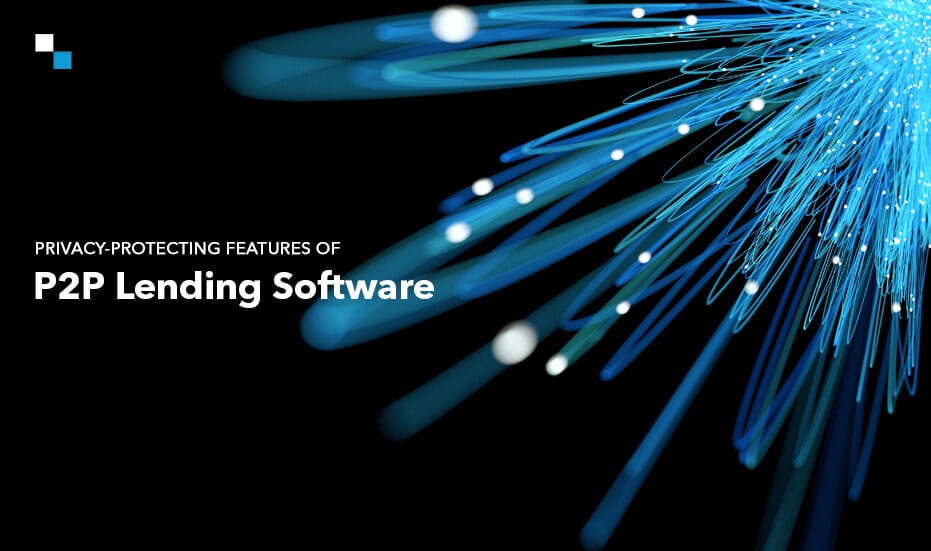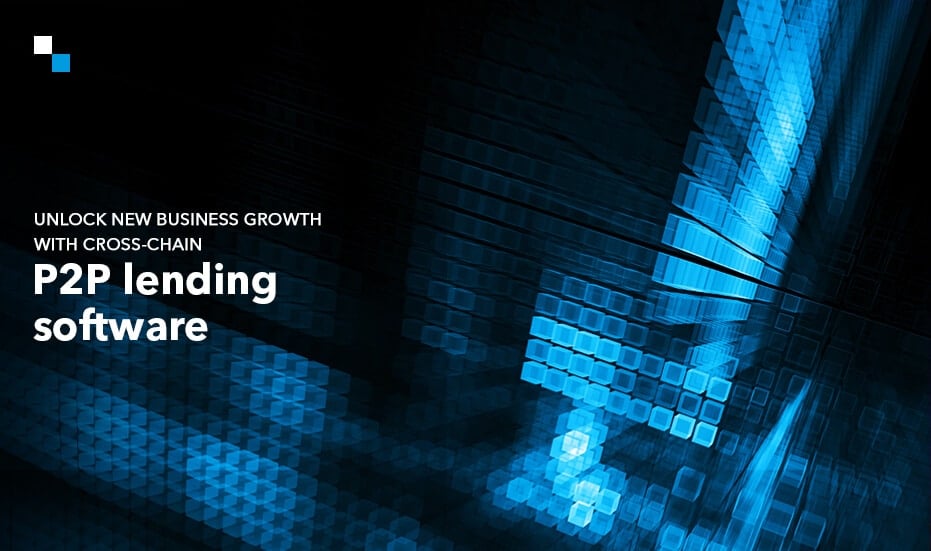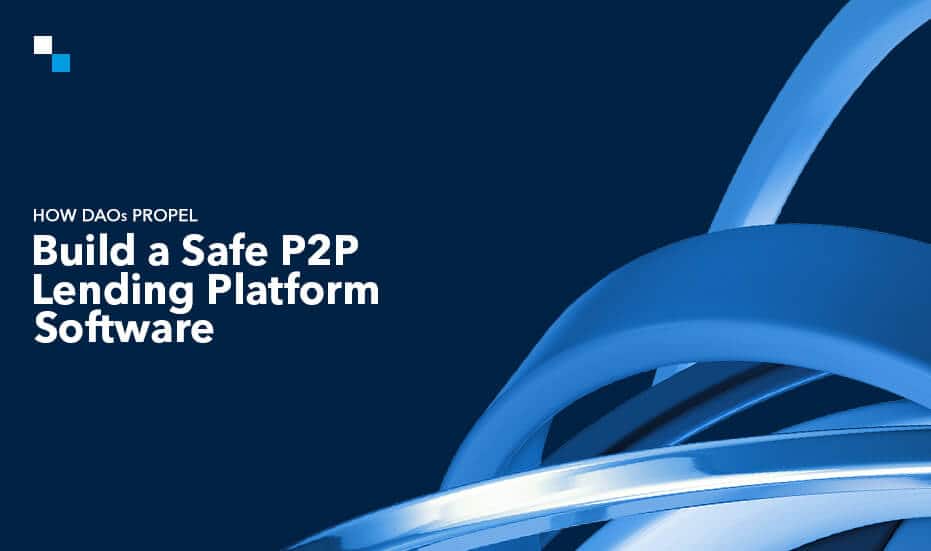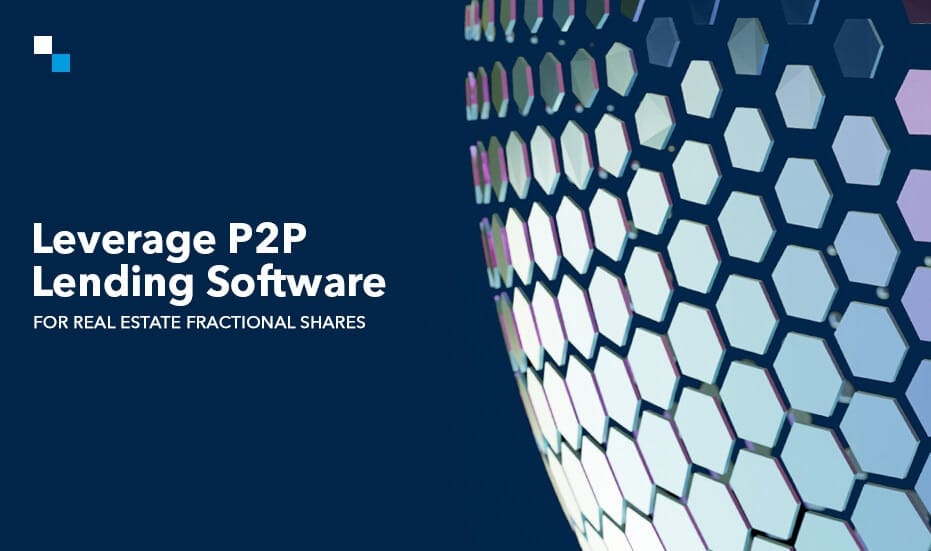
The Impact of Blockchain Supply Chain Solutions in Energy & Utility Industry
February 5, 2024
Exploring Stablecoin Development Use Cases in Gaming and Virtual Economies
February 6, 2024In this digital age, in which most of us prefer to make financial transactions online, it’s essential to ensure the privacy and security of personal information while doing so. The use of peer to peer lending software has gained popularity as an alternative to traditional banking institutions, as it allows individuals to lend and borrow money without the need for intermediaries. However, concerns regarding data privacy and security have emerged. Therefore, it has become utterly necessary to focus on integrating privacy-preserving features in P2P lending software and allow users to protect their financial information.
What is Crypto P2P Lending?
P2P lending enables individuals and businesses to lend and borrow money directly from each other through blockchain platforms. These platforms facilitate the entire lending process, from loan application to repayment. While P2P lending offers numerous benefits, such as lower interest rates and faster approval times, it also poses privacy risks. That’s where privacy-preserving features come into play.
Why Do People Prefer to Use Blockchain-Based P2P Lending Software?
People prefer to use blockchain-based P2P lending software for several compelling reasons:
- Trust and Transparency: The decentralized nature of blockchain technology ensures that all transactions and lending activities are recorded on a public ledger. It increases trust and transparency between borrowers and lenders.
- Freedom From Intermediaries: Lending or borrowing through peer-to-peer lending software eliminates the need for intermediaries, such as banks or credit agencies, and puts the control directly in the hands of the participants.
- Improved Security: Blockchain’s inherent cryptographic features enhance the security of P2P lending platforms. The use of encryption ensures that borrowers’ personal information and financial data are secure, which reduces the risk of identity theft and fraud. It makes it incredibly difficult for hackers to manipulate or compromise the lending process.
- Seamless Operations: Blockchain eliminates the single point of failure, and ensures that the process of lending-borrowing won’t stop if a single node becomes inoperative. Moreover, transaction data won’t be lost in any case.
- Lower Costs and Faster Transactions: Traditional financial systems often involve various fees and time-consuming processes. Blockchain lowers costs and speeds up the lending process by removing intermediaries. It’s the reason why P2P lending software backed by blockchain enables faster and more efficient transactions, and allows borrowers to receive funds quickly, and lenders to start earning interest promptly.
- Global Reach: Blockchain-based peer-to-peer lending software breaks down geographical barriers, and enables lending opportunities to a broader market. With blockchain, borrowers, and lenders from different corners of the world can interact and engage in lending activities without any hassle.

Privacy-Preserving Features Explained
Here are some of the attention-seeking features of a peer to peer lending software for those concerned about privacy issues:
- End-to-End Encryption
One of the key privacy-preserving features of P2P lending software is end-to-end encryption. This means that all communication and transactions are encrypted from the sender to the receiver, ensuring that only the intended parties can access and decipher the information. Even if intercepted, the encrypted data remains unreadable, providing an additional layer of protection for your financial information. - Secure Data Storage
P2P lending platforms employ secure data storage practices to safeguard your personal and financial data. This involves storing data in encrypted form on highly secure servers, protected by robust firewalls and other advanced security measures. By securely storing your information, P2P lending platforms mitigate the risk of unauthorized access or data breaches. - Anonymized User Profiles
In most cases, peer to peer lending software utilizes anonymized user profiles to enhance privacy. When users create an account, their personal information is encrypted and dissociated from their profile, making it difficult for unauthorized individuals to link their identity to their financial activities. This anonymization process ensures that the lending or borrowing history of users remains confidential and protects them from potential data breaches or identity theft. - Two-Factor Authentication (2FA)
Two-factor authentication (2FA) is another essential privacy-preserving feature utilized by P2P lending software. It adds an extra layer of security by requiring users to provide two forms of identification before accessing their accounts. Typically, this involves entering a password and a unique verification code sent to a registered mobile device. Implementing 2FA significantly reduces the risk of unauthorized access and protects the financial information of participants.
Advantages of Integrating Privacy-Preserving Features of Peer to Peer Lending Software From a Business Perspective
Here are the advantages of privacy-preserving features of P2P lending software from a business perspective, presented in a friendly tone:
- Enhanced Data Protection
Privacy-preserving features in P2P lending platforms provide businesses with the reassurance that user data remains secure and confidential. This builds trust among borrowers and lenders, resulting in increased user adoption and customer loyalty. - Compliance with Data Protection Laws
P2P lending platforms equipped with privacy-preserving features ensure that businesses stay compliant with stringent data protection laws. It not only safeguards sensitive customer information but also protects the company from potential legal and reputational risks. - Increased User Confidence
P2P lending software creates an atmosphere of transparency and reliability. As a result, users feel comfortable sharing their personal and financial information, leading to higher user engagement and participation. - Competitive Advantage
Incorporating privacy-preserving features in peer to peer lending software can set a business apart from its competitors. By highlighting these features, a company showcases its commitment to user privacy and can attract borrowers and lenders who prioritize data security. - Improved Risk Assessment
Privacy-preserving features allow P2P lending platforms to collect a wide range of user data while maintaining anonymity, which enables businesses to assess creditworthiness and manage risks effectively. It ultimately results in better loan underwriting decisions and reduced default rates. - Long-Term Customer Relationships
Protection of privacy not only helps in acquiring new users but also fosters long-term relationships with existing ones. When businesses ensure the protection of user information, they cultivate trust and loyalty among their customers, resulting in repeat business and positive referrals.
Conclusion
In the ever-evolving realm of online lending, privacy-preserving features play a crucial role in protecting your financial information. P2P lending software incorporates these features to ensure end-to-end encryption, secure data storage, anonymized user profiles, and two-factor authentication.
You can seek the help of Antier to adopt these measures, as we can build a peer to peer lending software that enhances security, protects against data breaches, and maintains the confidentiality of your financial activities.
Let us help you build P2P lending platforms, and take advantage of these privacy-preserving features to enjoy the benefits of decentralized lending without compromising the personal information of users. Boost your software’s credibility today!



